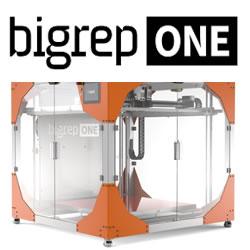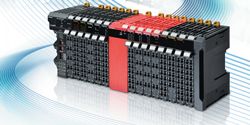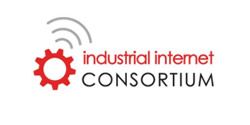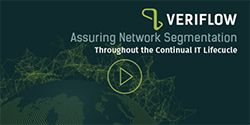What's the Difference Between a Servo Cable and Motor Cable?
Electrical engineers often work with motor cables and servo cables, which both supply motors with electrical energy and have a nominal voltage of 600/1,000V. But what exactly are the differences between the two cables?
Omron Helps Life Sciences Company Upgrade Prototype with Cutting-edge Technology and Cut Costs by 30% With Solution Using NX-I/O
Omron gave preference to EtherCAT over DeviceNet because the latter is a slower CAN-based protocol designed for sensors and it uses screw-type connections that can be difficult to install and maintain.
Taking an Independent Path: Strategies for Low Risk Sourcing of Components in a Constrained Market
Industrial control equipment industry looks to independent distributors to address chronic shortages in the availability of electronic components
Addressing Remote Locations and Security with SD-WAN
Think of AR in an IIoT manufacturing context: now technicians with AR can remotely monitor, change and maintain systems without putting the operator in danger; however, AR requires a massive amount of network resources.
THE INDUSTRIAL INTERNET CONSORTIUM PUBLISHES INDUSTRIAL NETWORKING ENABLING IIOT COMMUNICATION WHITE PAPER
Industrial networking infrastructure and technologies reside at the IP layer and below, and enable industrial assets, such as machines, sites and environments, to connect to the business professionals supporting applications across a wide range of industry sectors.
How to Ensure Effective Network Segmentation
The main idea of Continuous Network Verification is to assure that the network is resilient and protected by ensuring your networks behavior matches your intentions.
Time-Sensitive Networking: Reliable Communication for Industrial IoT
What happens when a command from the controller arrives at the robot arm a tenth of a second late? Or what happens if sensor data never actually reaches the controller?
Industry 4.0-based Network Manager Ensures Solid Industrial Connectivity
Network connectivity of industrial equipment and devices is a vital element of Industry 4.0. If the connection fails, all data communication from field devices to back-end servers and cloud networks will be halted, disrupting the operation of Industry 4.0.
Records 16 to 23 of 23
Featured Product

BigRep ONE: Large-Scale 3D Printing
The BigRep ONE is an award-winning, large-format 3D printer at an accessible price point. With over 350 systems installed worldwide, it's a trusted solution for prototyping and production by designers, innovators, and manufacturers alike. Featuring a massive one-cubic-meter build volume, the fast and reliable ONE brings your designs to life in full scale.
Manufacturing and Automation - Featured Company

CSP US Inc.
As a software manufacturer, CSP GmbH & Co. KG offers its customers bespoke solutions for the discrete manufacturing applications. This makes it easy to secure and document the quality of production processes - from development to delivery!








